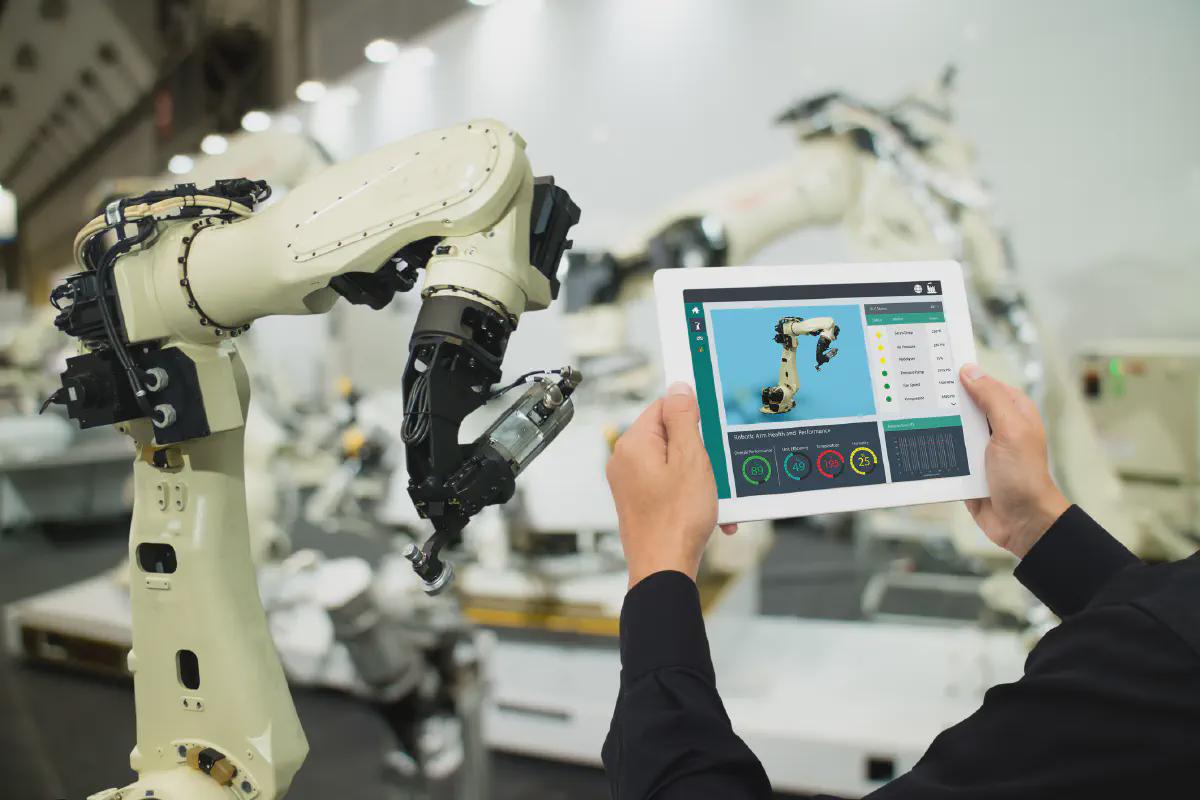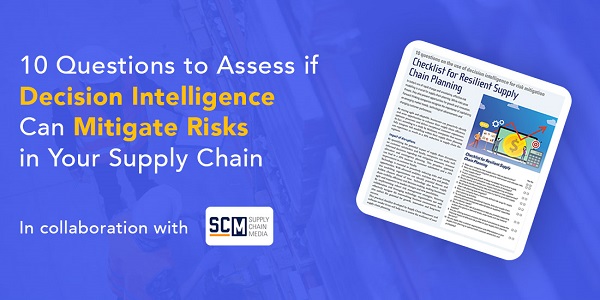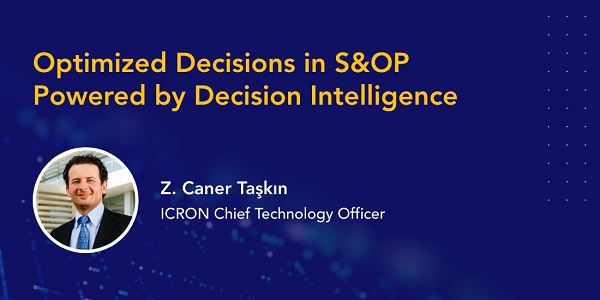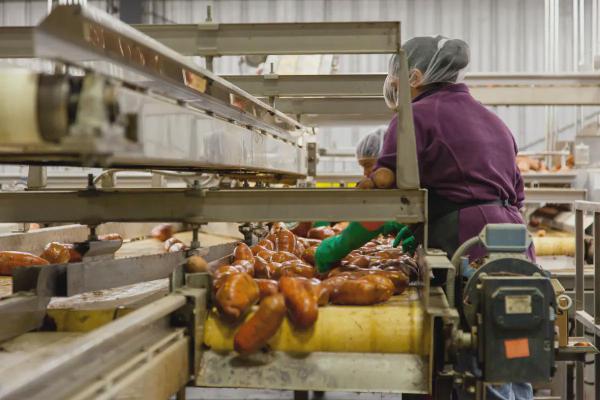Author: Michiel de Neef
The recently released “ The Future of Jobs Report ” by the World Economic Forum sheds some interesting light on the state of the working world today and the changes to the global labor markets that are on the horizon in the coming years.
Propelled by the advent of new Industry 4.0 technologies such as AI, machine learning, and data analytics, automated machines and systems are changing the face of supply chain operations forever.
For me, the most fascinating (and somewhat alarming) takeaway from the report was that by 2022, 42% of tasks will be performed by machines – up significantly from the current level of 29%.
Furthermore, by 2022, 62% of data processing work will be carried out by machines (compared to 46% presently), while 27% of decision making will be automated (compared to 18% today).
The bottom line is that – as the size of the working population shrinks in sectors such as manufacturing, logistics, and agriculture and as technology becomes increasingly automated, advanced, and powerful – robots and algorithms will continue to transform the working world as we know it and will play a central role in supply chain operations for decades to come. There is no question about this.
The question is: How can companies capitalize on these fundamental changes in the supply chain landscape?
The answer is simple: By harnessing the power of optimized supply chain planning and decision making.
Algorithmic supply chain planning and optimization solutions have proven themselves to be essential tools in this era of increasing automation, enabling supply chain companies to fully utilize Industry 4.0 technologies and realize immense efficiency and bottom line gains.
With such a solution in place, companies can optimize:
Supply planning
An automated planning and optimization platform enables supply chain companies to maximize the utilization of their automated resources – whether they be robot ic arms in a manufacturing environment or automated storage and retrieval systems in a warehouse or some other cutting-edge technology or a “dark factory” with only robots running the production lines 24/7.
Planners and other key stakeholders must be able to gain real-time visibility and control over these resources, and make the best possible decisions on how to optimize the utilization of these systems and machines. The key to doing this is having the capability to compile and process an immense amount of data from a variety of sources – including ERP systems and IoT sensors on the machines themselves – and transform that data into plans and decisions that optimize the management of their automated resources.
When it comes to material supply planning, capacity planning, production planning, detailed scheduling, or shipment and logistics planning, an automated planning and optimization solution is essential to ensuring that a company’s automated operations are calibrated to keep supply and demand in perfect balance, and that plans and decisions are aligned with KPIs and business goals.
Workforce management
With the rise of automation, workforce management becomes an even higher stakes process than it already is. Generally speaking, there will be more machines and less workers – meaning that the impact of a worker shortage or workforce planning mistake will be felt throughout the supply chain (as it’s imperative to have the right person – with the right skills to operate the machines and orchestrate an automated symphony of production – in the right place at the right time). Intelligent, automated planning solutions are less prone to errors, and are able to handle the complexity of supply chain operations and dynamically revise shift schedules in the event of unexpected worker absences or sudden fluctuations in demand.
Costs
Automating planning, decision making, and operations typically lead to cost optimization. This means that companies with automated planning and decision making can get the most business value out of their investment in Industry 4.0 technologies by improving productivity and delivery performance and cutting operating costs.
These are just a few of the operational and financial benefits that businesses stand to gain by implementing an intelligent planning and decision making optimization solution in this age of automation.
If you would like to see ICRON in action, please contact us. If you have enjoyed this blog, you can find more content that you might enjoy here.












